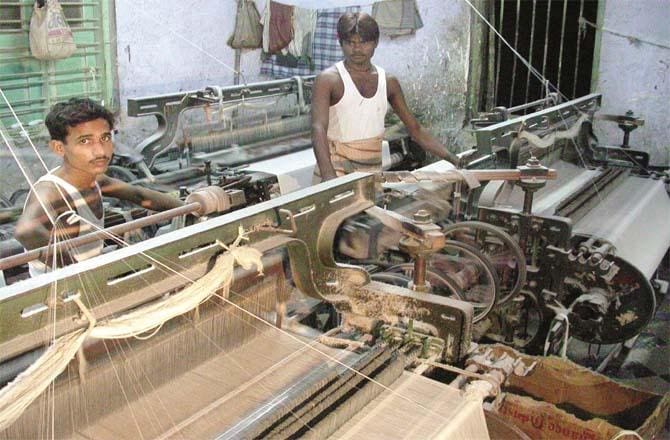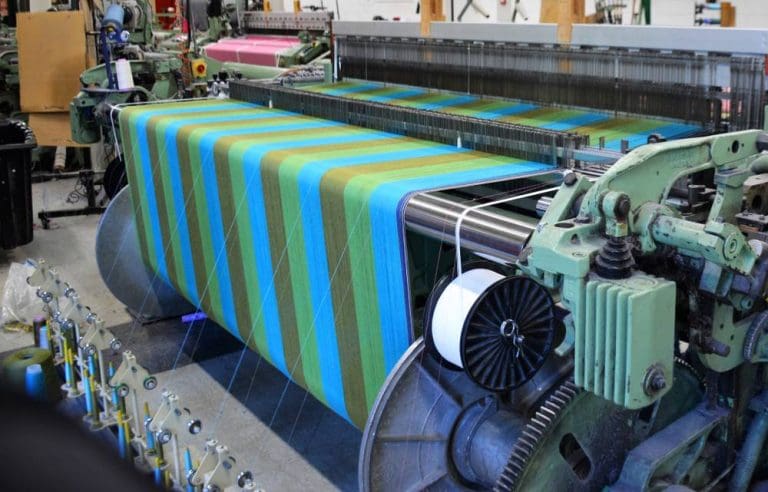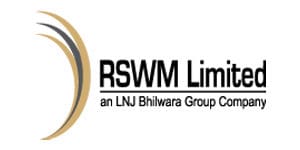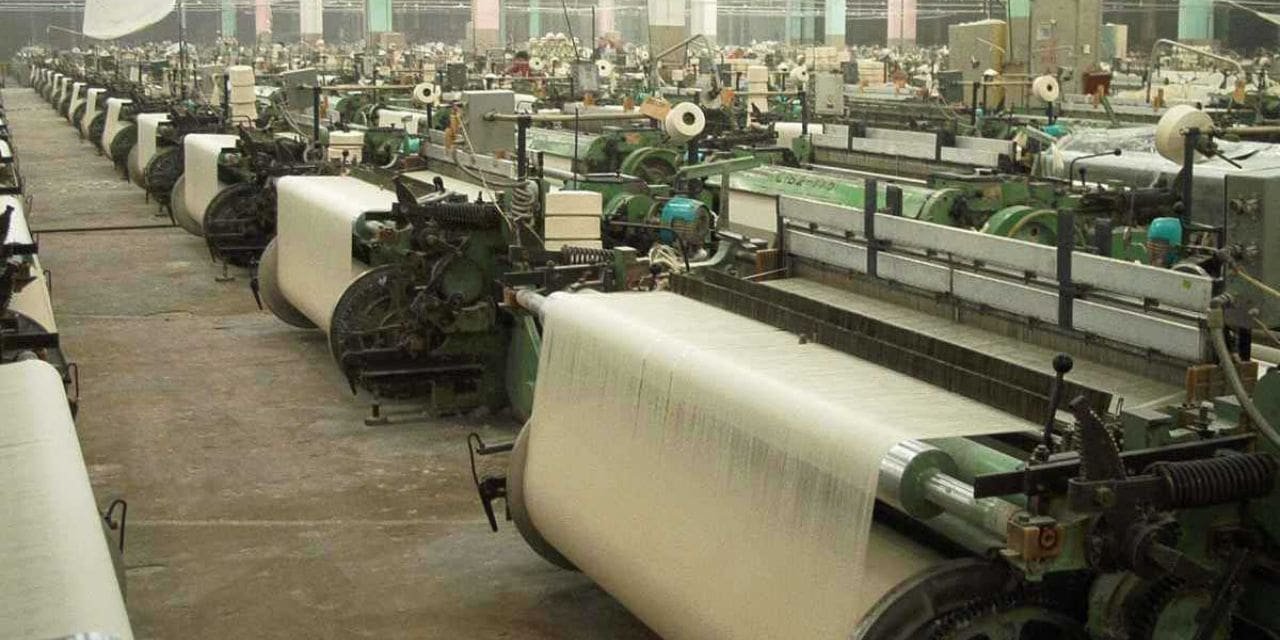The textile industry in India is a major contributor to the country’s economy, providing employment to millions of people and contributing significantly to exports. The industry is divided into two main segments: corporate and clusters. Corporate textile companies are large, vertically integrated companies that produce a wide range of products, from yarn to finished garments. Clusters, on the other hand, are small-scale, decentralized units that specialize in a particular product or process.
Textile clusters are important for the development of the textile industry in India. They provide a platform for companies to collaborate and share resources, such as technology, infrastructure, and skilled labour. This helps to reduce costs and increase efficiency, which in turn leads to increased productivity and profitability. Additionally, textile clusters provide a platform for companies to network and form strategic partnerships, which can help to increase their market share and competitiveness.
Textile clusters are also interdependent on each other. Companies in a cluster rely on each other for resources, such as raw materials, technology, and skilled labour. This helps to ensure that all companies in the cluster are able to produce quality products and remain competitive in the market. Additionally, companies in a cluster can benefit from the knowledge and experience of other companies in the cluster, which can help them to develop new products and services.
Clusters have several advantages over corporate companies. They are more flexible and can quickly adapt to changing market conditions. They are also more cost-effective, as they can produce goods at lower costs due to their smaller scale and lower overhead costs. Clusters also have the advantage of being able to access local resources and labour more easily than corporate companies.

However, clusters are not without their drawbacks. They are often unable to access the same technology and resources as corporate companies, which can limit their ability to compete in the global market. Additionally, clusters are often unable to move up the value chain, as they lack the resources and expertise to do so.
In order to address these issues, the Indian government has implemented several initiatives to promote the development of clusters. These include the setting up of integrated textile parks, which provide clusters with access to infrastructure, technology, and other resources. Additionally, the government has implemented various schemes to provide financial and technical assistance to clusters, such as the Technology Upgradation Fund Scheme (TUFS)
Talking about the issue, Textile Value Chain interviewed Mr. Vishwanath R. Agarwal, chairman, Powerloom Development & Export Promotion Council (PDEXCIL). He addressed various challenges and issues that clusters face in India.

He said, “We at PDEXCIL have objective of development of Power looms and increasing exports from India. When the PDEXCIL started in 1995, the many people were unaware of what is powerloom? But due to our efforts, now we have established around 2,00,000 powerlooms in last 5-7 years.”
When asked about what are some major problems the cluster faces, he said, “Around 70% of our investment is in yarns. The fluctuations in quality and prices of yarns are causing major problems for the fabric makers. And as the yarn prices are depending on the cotton prices, the fluctuations in cotton prices are also adding to the problems. So, we want that the prices should be stable for at least the period of 1-2 weeks. So that the weavers can do business with ease.”
“Another problem that we face is illegal imports of fabric from Vietnam and Bangladesh, on which the government should take action. Other than that, the variation in the electricity prices across different states in India, affects the prices of fabric”
He also talked about reducing anti-dumping duty on viscose fibres and how it will help the weavers. He also addressed the issue of how the reducing number of government schemes is also affecting the upgradation in the industry.
To understand the point of view from corporate entities, we asked Mr. Arvind Gupta, President & Chief Marketing Officer, RSWM Limited. He talked about how his company is assisting clusters in creation of products that will work well in market. He said, “If we take Bhiwandi as example, we have dedicated designers for Bhiwandi, who work with weavers and develop 8-10 products each month. Then we take the products on greater scale. Similar things we do for Surat, Ahmedabad and other clusters.” 

